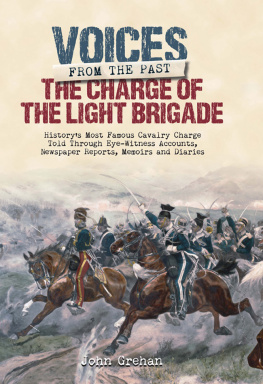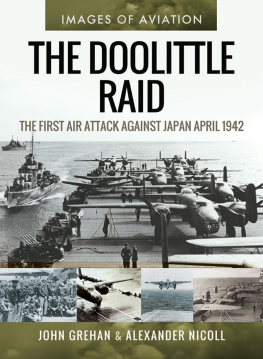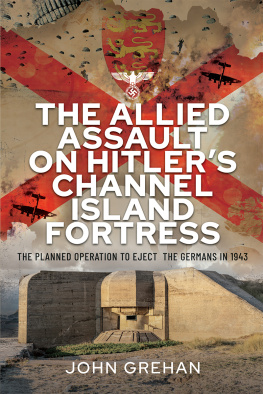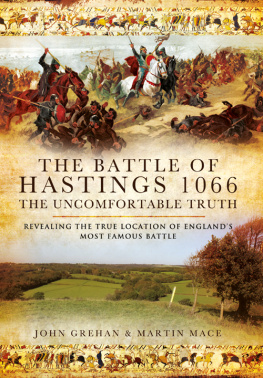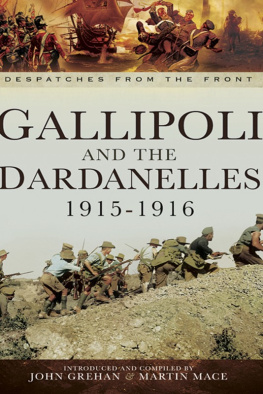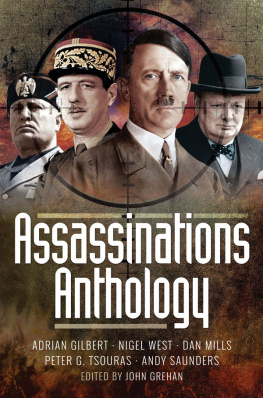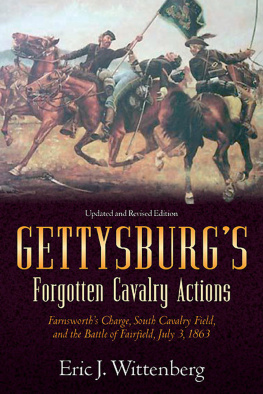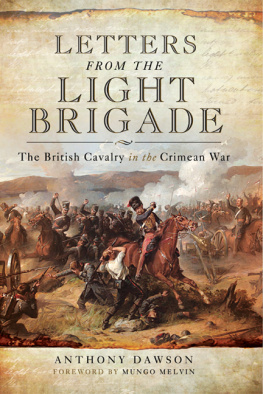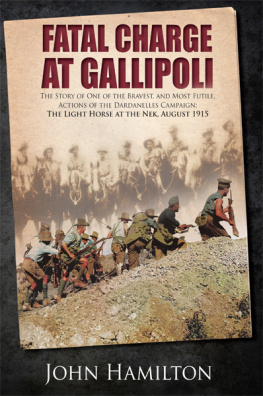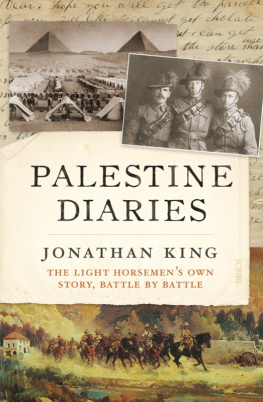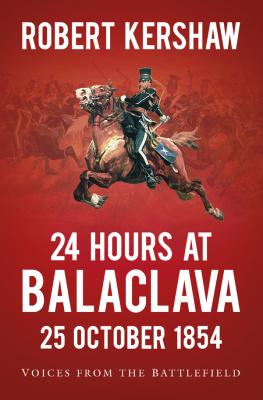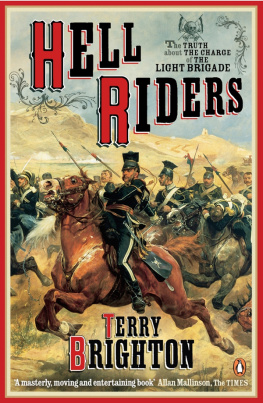
The Charge of the Light Brigade
Also by John Grehan
The Lines of Torres Vedras
Churchills Secret Invasion
Voices from the Past, Waterloo 1815
The First VCs: The Stories Behind the First Victoria Crosses in the Crimean War and the Definition of Courage
With Martin Mace
Images at War, The Crimean War
Despatches from the Front, British Battles of the Crimean War
The Battle of Hastings, The Uncomfortable Truth
Unearthing Churchills Secret Army
Battleground Sussex
Slaughter on the Some, I July 1916
The Battle of Barossa, 1811
Bomber Harris, Sir Arthur Harris Despatch on War Operations
The Western Front 1914-1916
The Western Front 1917-1918
The Royal Navy and the War at Sea 1914-1919
The War in East Africa 1939-43
Operations in North Africa and the Middle East 1939-1942
Operations in North Africa and the Middle East 1942-44
Battles of the Zulu War
British Battles of the Napoleonic Wars 1793-1806
British Battles of the Napoleonic Wars 1807-1815
The War at Sea in the Mediterranean 1940-1944
The Battle for Norway 1940-1942
The BEF in France 1939-1940
Gallipoli and the Dardanelles
The Boer War
Capital Ships at War 1939-1945
Defending Britains Skies 1940-45
Liberating Europe: D-Day to Victory in Europe 1944-1945
Disaster in the Far East 1940-42
The Fall of Burma 1941-1943
The Battle for Burma 1943-1945
Far East Air Operations 1942-45
The Charge of the Light Brigade
John Grehan
THE CHARGE OF THE LIGHT BRIGADE
Historys Most Famous Cavalry Charge Told Through Eye Witness
Accounts, Newspaper Reports, Memoirs and Diaries
This edition published in 2017 by Frontline Books,
an imprint of Pen & Sword Books Ltd,
47 Church Street, Barnsley, S. Yorkshire, S70 2AS
Copyright John Grehan
The right of John Grehan to be identified as the author of this work has been asserted by him in accordance with the Copyright, Designs and Patents Act 1988.
ISBN: 978-1-84832-942-3
eISBN: 978-1-84832-944-7
Mobi ISBN: 978-1-84832-943-0
All rights reserved. No part of this publication may be reproduced, stored in or introduced into a retrieval system, or transmitted, in any form, or by any means (electronic, mechanical, photocopying, recording or otherwise) without the prior written permission of the publisher. Any person who does any unauthorized act in relation to this publication may be liable to criminal prosecution and civil claims for damages.
CIP data records for this title are available from the British Library
For more information on our books, please visit
www.frontline-books.com
email
or write to us at the above address.
Introduction
Ours to Reason Why
I was stood on the Sapoune Heights in the public viewing area, a little to the left of the place where Lord Raglan sat on his horse during the Battle of Balaklava. I was not in the Crimea to investigate the Charge of the Light Brigade, but the opportunity to visit the famous battlefield was not one to be passed over.
I had therefore read a little about the battle before my visit and I had a fairly fixed idea in my mind of what I would see; but the panorama before me was nothing like the maps and diagrams I had seen in the few books I had consulted. I looked towards the North Valley, the Valley of Death. I expected to see a narrow valley confined by dominating heights. What I actually saw was a wide plain in the centre of which was a low hill with gentle slopes. That hill was the Fedoukine Heights. To my right-centre were the Causeway Heights, the lower slopes of which were even less pronounced. In the middle-distance was a patch of white ground. It was here, our guide told us, that the Light Brigade formed up to charge the Russian guns at the head of the North Valley.
There is an anecdotal tale of three military men travelling in 1855 to see the site of the famous charge, and being as surprised as I later was with what they saw: Well, look yonder at that rising ground; it was there the Russians were posted, said one of the men. I thought it had been on a hill or mountainside, said another. Just what you see, said the third member of the party, little better than an inclined plain of easy ascent.
It is usually said that Lord Lucan, who commanded the Cavalry Division on the valley floor, was unable to see what was happening on the Causeway Heights. In fact, having later moved down from the Sapoune Heights to stand in the exact, or at least in the region of, the position occupied by Lord Lucan, it was as difficult to see down the North Valley as it was to look up the Causeway Heights, both of which were occupied by guns and enemy troops. Of all the reputed and disputed accounts of the Charge of the Light Brigade, the one I can believe wholeheartedly is Lucans question to Captain Nolan, where and which guns?
Having trodden the ground, as it was, and carrying the image of the battlefield in my mind, as well as my camera, I left the Crimea determined to investigate further. I found that the eternal question of who was to blame for the most famous cavalry charge of all time, is still debated. The numerous, well-written and extensively researched books about the charge, all claim to understand, The Reason Why, or purport to reveal the Truth about the loss of the Light Brigade. Many of these can produce no definitive answer, and leave the reader still unsure how it was that Lord Cardigan charged into the muzzels of the Don Cossack battery. A few are bold enough to state their case, deciding that it was Raglan for his wholly inadequate orders, Nolan for his impetuosity, Cardigan for completely misunderstanding his instructions, and Lucan for being, well, Lucan.
It was in fact Lord Lucan who took the fall, having to surrender his command for daring to blame his Commander-in-Chief for the whole debacle. The Earl was adamant that he was only following orders and he made his case before his peers in the House of Lords. With this he seemed to have vindicated himself, and he resumed his military career, reaching the British Armys senior rank of Field Marshal.
The general consensus at the time, and to a great extent since, was that it was Captain Nolan who let everyone down. He was, of course, an easy target, having been the first man to die as the Light Brigade trotted down the North Valley. Lord Cardigan has largely escaped censure, partly because he questioned the orders he had received (unlike Lucan), but also because he actually charged, unflinchingly, at the head of his brigade, into the Valley of Death.
So, with competing theories, the question remains unanswered. Why on earth did the Light Brigade commit to a frontal charge against a formed battery of artillery against all the accepted principles of war? There is, of course, only one way to find out by examining the words and the deeds of those involved.
Next page
